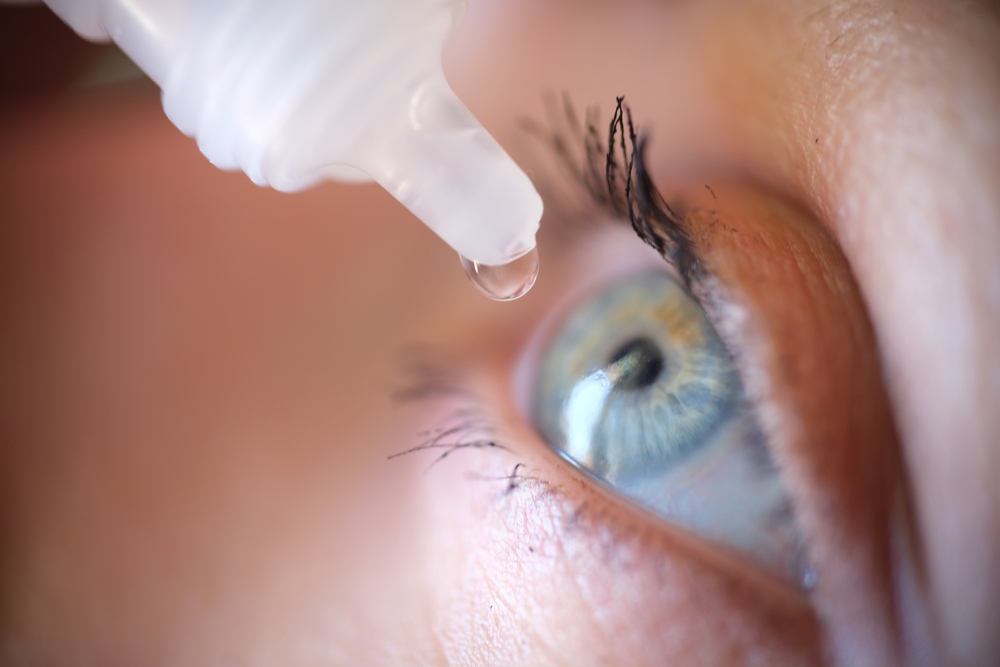Combining Treatments: How to Develop a Dry Eye Management Plan
Blog:Combining Treatments: How to Develop a Dry Eye Management Plan

Combining Treatments: How to Develop a Dry Eye Management Plan
Dry eye is a common and often chronic condition that affects millions of people worldwide. It occurs when your eyes don't produce enough tears or the tears evaporate too quickly, leaving the surface of your eyes dry and irritated. The causes of dry eye can vary, ranging from environmental factors like wind, air conditioning, or dry climates, to underlying medical conditions like Sjögren's syndrome, blepharitis, or meibomian gland dysfunction (MGD).
Recognizing the Symptoms of Dry Eye
The symptoms of dry eye can include a burning or stinging sensation, redness, sensitivity to light, blurred vision, and a feeling of something foreign in your eye. These symptoms can range from mild to severe and can significantly impact your quality of life, making it difficult to perform everyday tasks like reading, using a computer, or even driving.
The Importance of Dry Eye Management
Leaving dry eye untreated can lead to more serious complications, such as eye infections, corneal damage, and even vision loss. Dry eyes can become increasingly painful and can make it difficult to wear contact lenses or even wear makeup.
Proper management of dry eye is essential to prevent these complications and to maintain your eye health and comfort. By working with your optometrist to develop a personalized treatment plan, you can take control of your dry eye and improve your overall quality of life.
Developing a Management Plan for Your Dry Eye
The first step in developing an effective dry eye management plan is to identify the underlying causes of your condition. During a comprehensive eye exam, your optometrist will assess the health of your eyes, evaluate the quality and quantity of your tear production, and look for any underlying issues that may be contributing to your dry eye.
Your eye doctor may use a variety of diagnostic tests, such as tear film analysis, meibomian gland imaging, and corneal staining, to pinpoint the specific causes of your dry eye. This information will help them develop a personalized treatment plan that addresses the root of the problem, rather than just treating the symptoms.
Once the underlying causes of your dry eye have been identified, your doctor will work with you to develop a personalized treatment plan. The treatment options for dry eye can vary widely and may include:
Artificial tears and lubricating eye drops: These over-the-counter products can help temporarily alleviate the symptoms of dry eye by providing additional moisture to the eyes.
Prescription eye drops: Your optometrist may prescribe prescription eye drops that target the underlying causes of your dry eye, such as inflammation or reduced tear production.
Dietary supplements: Certain dietary supplements, such as omega-3 fatty acids, can help reduce inflammation and improve the quality of your tear film.
In-office treatments: Your doctor may also recommend in-office treatments, such as intense pulsed light therapy, meibomian gland expression, or thermal pulsation therapy, to address the underlying causes of your dry eye.
Combining Treatments for Effective Management
In many cases, a single treatment option may not be enough to effectively manage your dry eye. That's where combining treatments can be particularly beneficial. By using a combination of different treatments, you can target the various underlying causes of your dry eye and achieve more comprehensive and long-lasting relief.
For example, if you have dry eye due to a combination of meibomian gland dysfunction and blepharitis, your doctor may recommend using a combination of lid hygiene, warm compresses, and prescription eye drops to address both issues. This approach can help improve the overall health and function of your tear film, leading to better long-term management of your dry eye.
Effective dry eye management is an ongoing process that requires regular monitoring and adjustments to your treatment plan. Your eye care provider will likely recommend follow-up visits to assess the effectiveness of your current treatment and make any necessary changes.
Schedule Your Dry Eye Evaluation with Texas State Optical Today
Dry eye is a complex and often chronic condition, but with the right treatment plan and ongoing care, you can take control of your eye health and improve your quality of life. By working closely with your optometrist to identify the underlying causes of your dry eye, develop a personalized treatment plan, and monitor your progress, you can effectively manage your symptoms and prevent further complications.
At Texas State Optical, we are dedicated to helping you manage your dry eye and maintain long-term eye health. Visit our office in Richmond, Texas, or call (832) 783-9964 to book an appointment today.


